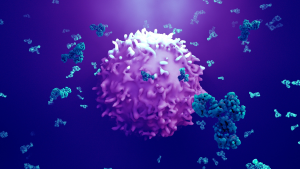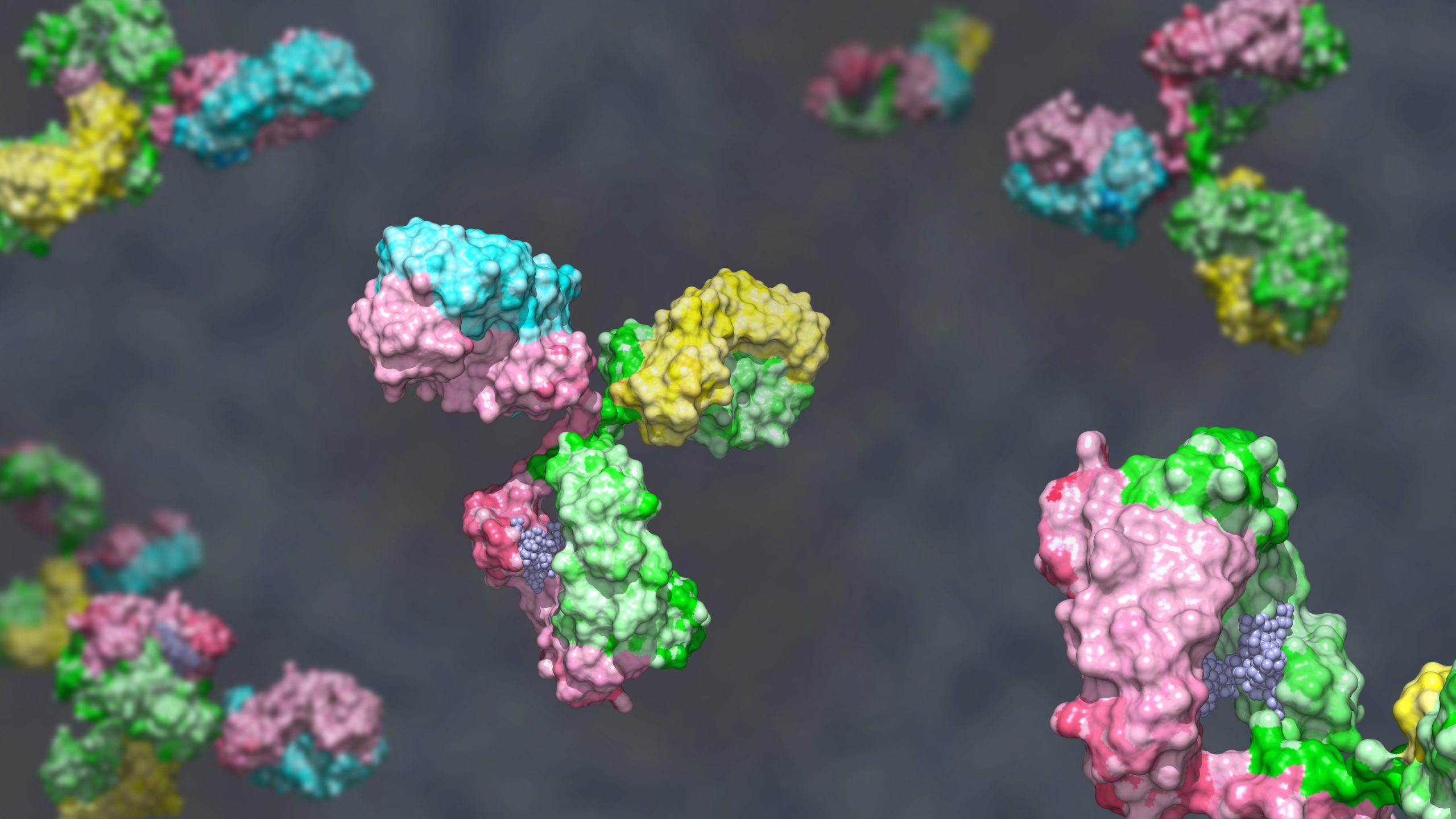New alternative methods and adaptable reagents help researchers reduce, refine, and replace animal testing in drug discovery and development.
Written by Bio X Cell and The Scientist

Although animal models have played important roles in drug development and medical device engineering, ethical considerations related to humane treatment and responsible scientific practice have sparked major changes in translational research.1 Scientists increasingly seek human-relevant models and biomedical research modes that abide by the 3Rs: animal testing reduction, refinement, and replacement.2 Spurred in part by the US Food and Drug Administration (FDA) Modernization Act 2.0, many researchers across academia and industry are adopting alternative methods in early drug discovery, particularly for biologics and antibody-based therapeutics.3
What Is the New Alternative Methods Program?
The FDA’s New Alternative Methods Program is an effort to advance useful tools for regulatory use and new scientific areas that support toxicity and efficacy testing while implementing the 3Rs.3 Examples of alternative methods include systems biology approaches, 3D cultures and tissue engineering, computational and in silico analyses, and microphysiological systems such as organ-on-a-chip models. These methodologies allow researchers to gather translational insights with little to no animal testing, and with the right tools and reagents, collect data that is more reproducible, robust, and relevant to human applications.
The Need for Human-Relevant Models
In addition to enabling ethical medical and scientific progress, new alternative methods (NAMs) aim to capture more relevant insights. The accuracy and reproducibility of animal testing can be undermined by species differences between the animal and human systems.4 This contributes to the roughly 40 percent of newly developed therapeutics that fail clinical trials despite successful preclinical evaluation with animal models. Thus, new human-relevant methods are needed to prevent products with increased toxicological risk from reaching the market and improve nonclinical testing.
For instance, organoids derived from a variety of species may help researchers investigate the broader disease contexts that affect both humans and animals, such as cancer or host-pathogen interactions, instead of examining only a few animal models with limited human relevance.1 Ex vivo NAMs may also yield more complete pictures of disease processes that are challenging to model in animal systems.
In Vivo-Formulated Antibodies that Excel in Ex Vivo Systems
As ex vivo models such as organoids and organ-on-a-chip become more integrated into therapeutic discovery workflows, researchers need tools and reagents that support progress. Bio X Cell’s in vivo formulation antibodies offer human-relevant quality, consistency, and performance while maintaining the flexibility to scale into in vivo models for deeper insight, helping researchers incorporate the 3Rs into their NAM workflows.
Bio X Cell’s antibodies naturally support the demands of ex vivo model systems, where sensitivity, reproducibility, and biological relevance are critical. Ex vivo systems are highly sensitive to formulation variables, such as endotoxins or carriers that can negatively affect data interpretability. Additionally, reagent consistency is critical across replicates and experiments with data-driven platforms such as organoids and organs-on-chip.
Ultrapure low endotoxin and carrier-free formulation, lot-to-lot consistency, and cross-platform compatibility are key features of all Bio X Cell antibodies. The same antibody can be used in an organoid or organ-on-chip study then directly applied in an in vivo mouse model without reformulation or revalidation. This flexibility streamlines workflows and eliminates the need to source multiple versions of the same antibody for different systems. Whether working with NAMs, traditional systems, or both, Bio X Cell antibodies offer a rare combination of precision, purity, and versatility, supporting breakthroughs from early-stage ex vivo models to in vivo translation.
Explore our always in stock and always ready to ship antibodies.
Not finding what you need? Get in touch with us to discuss our custom antibody solutions.
References:
-
Lauwereyns J, et al. Toward a common interpretation of the 3Rs principles in animal research. Lab Anim (NY). 2024;53(12):347-350.
-
Mukherjee P, et al. Role of animal models in biomedical research: A review. Lab Anim Res. 2022;38(1):18.
-
Adashi E Y, et al. The FDA Modernization Act 2.0: Drug testing in animals is rendered optional. Am J Med. 2023;136(9):853-854.
-
Ma C, et al. Organ-on-a-chip: A new paradigm for drug discovery. Trends Pharmacol Sci. 2021;42(2):119–133.



